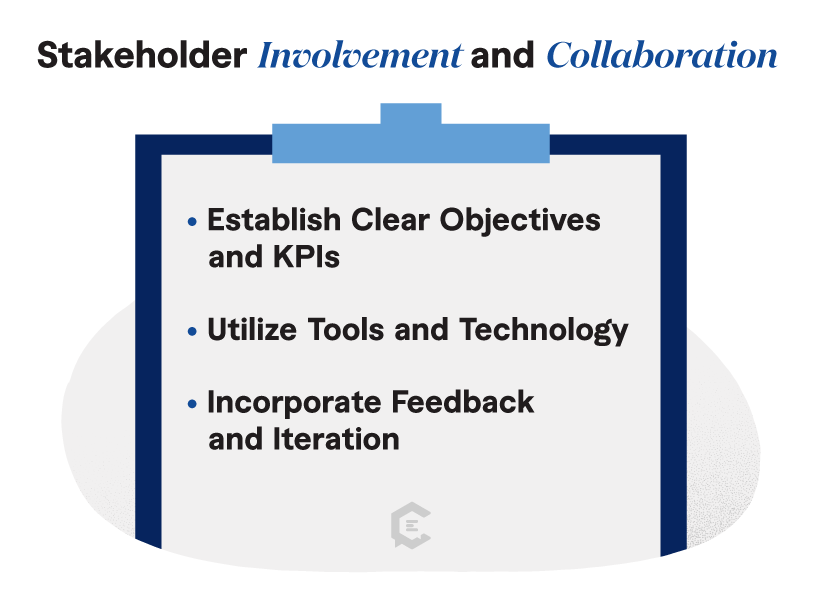Content audits are more than just a routine checkup; it’s a deep dive into ensuring every piece of our content doesn’t just survive but truly thrives against the competition.
Our approach?
A combination of in-depth SEO analysis with comprehensive content strategy assessments involving both in-house talent and external expertise. We dissect every facet of content creation and management, from fine-tuning SEO to boosting user engagement.
So, why do we focus so much on content audits and creation review checkpoints?
Simply, they’re vital for keeping our digital content sharp and effective. With regular audits, we ensure our strategies align with the latest SEO standards and audience expectations and stand up against the competition. Ready to see how we do it? Let’s dive into the process that not only hits the mark but also sets new benchmarks.

Why Content Audits Are Crucial
Content audits are vital for organizations looking to maintain and enhance the relevance and effectiveness of their digital content. For ClearVoice, this means regular reviews that align our content with current SEO standards, audience expectations, and competitive benchmarks. Our process goes beyond mere revision; it’s a comprehensive evaluation that involves multiple stages and stakeholders, from content creators to marketing leaders.
ClearVoice’s Comprehensive Content Audit Process
Our content audit process is designed not just to check the boxes but to drive strategic improvements across all dimensions of content creation and delivery. Here are the key areas we focus on to elevate our content:
SEO Optimization: The Backbone of Digital Content Strategy
Starting with SEO, we dive deep into the mechanics of how our content performs in search engines. We’re not just looking for what’s working; we’re identifying opportunities where we can push the boundaries.
Using tools like Google Analytics and Semrush, we conduct a thorough analysis of:
- Keywords
- Search engine rankings
- Performance metrics
- Competitive gaps
It’s all about fine-tuning our content to ensure it’s both discoverable and ahead of the competition.
Pro tip: Regularly update your keyword strategy based on evolving search trends and competitor movements to keep your content on the cutting edge.
Content Strategy Review: Aligning with Business Goals
Alongside SEO, we assess our content strategy’s alignment with our broader business objectives. This involves evaluating content themes, messaging consistency, and the effectiveness of our content in driving user engagement and conversions. It’s about making sure each content piece not only draws traffic but also supports our strategic goals.
Pro tip: To keep your content strategy agile, regularly revisit your content themes and adjust your editorial calendar based on evolving market trends and business priorities.
Design Evaluation: Enhancing Readability and User Experience
With design, the goal is to ensure that our content isn’t just found but also loved. Our design team collaborates closely with SEO and content specialists to create layouts and graphics that are not only visually appealing but also keep users engaged longer. We scrutinize everything from accessibility and font sizes to color schemes and image quality.
Remember, the visual impact of your content can make or break user engagement. Ensure your design principles align with the latest UX best practices to enhance readability and overall user satisfaction.
Competitor Analysis: Staying Ahead of the Curve
By understanding the strengths and weaknesses of what others in our space are doing, we can better navigate our own content strategy. This isn’t about copying what others do; it’s about identifying opportunities they’ve missed and leveraging them to our advantage.
A content roadmap can help paint the larger picture of a competitive gap analysis, allowing you to remain current and ahead of your competitors. It can also help you stay updated with optimizations and content that needs refinement.
Pro tip: Leverage insights from competitor analysis to refine your content angles and introduce innovative topics that set you apart.
Audience Engagement: Connecting Content with Community
This is where we measure the pulse of our content’s impact. How well is it resonating with the people we aim to reach?
We look at engagement metrics like bounce rates, comments, and social shares, but we also ask our audience for feedback through surveys and social media interactions. This direct line of communication helps us understand their needs and refine our content to better serve them. To truly connect with your audience, always be ready to iterate based on their feedback — what works today may not work tomorrow.
By thoroughly examining each of these areas, our content audit process ensures that every piece of content we produce is not only up to par but setting the standard for our target audiences and personas. For marketing professionals looking to enhance their content strategies, consider these insights as a roadmap for conducting robust content audits in your own organizations.
Stakeholder Involvement and Collaboration
At ClearVoice, we know content is created by teams with the input of other teams, so we’re all about teamwork. Our content audit process isn’t a solo mission; it thrives on collaboration. And it is the heart of our content audit process.
Imagine a table where a designer, a marketing leader, a content strategist, and an editor collaborate. Each brings their unique expertise, ensuring what we create is not just good — it’s exceptional and perfectly aligned with our strategic goals.
Practical Tips and Strategies for Effective Content Audits
Implementing an effective content audit in your organization requires careful planning and execution. Here are some strategies to get started:
- Establish Clear Objectives and KPIs: What does success look like for you? Define it with clear metrics, whether it’s improving SEO rankings, enhancing user engagement, or boosting lead generation.
- Utilize Tools and Technology: Streamline your audit process with the right tools. Use analytics to track performance and content management systems to keep your content organized and up-to-date.
- Incorporate Feedback and Iteration: Feedback loops are crucial. Continuously update your strategy based on insights from data and stakeholder input.
Elevating Your Content Strategy
Think of content audits not just as routine check-ups but as your secret strategy sauce. Diving into a thorough content audit process, much like we do here at ClearVoice, gives marketing mavens the superpower to keep their content sharp and in sync with their big-picture goals.
We’re all about sharing the love and knowledge, so take these nuggets of wisdom and give your content practices a makeover. Turn them into your ace in the hole for driving growth and really connecting with your audience. Let’s make your content work harder and smarter for you! Talk to a content strategist today to get started.










